Vauxhall Grandland vs Toyota C-HR - Differences and prices compared
Costs and Efficiency:
Price and efficiency are key factors when choosing a car – and this is often where the real differences emerge.
Toyota C-HR has a to a small extent advantage in terms of price – it starts at 29100 £, while the Vauxhall Grandland costs 32600 £. That’s a price difference of around 3428 £.
Fuel consumption also shows a difference: Toyota C-HR manages with 0.80 L and is therefore clearly more efficient than the Vauxhall Grandland with 2.60 L. The difference is about 1.80 L per 100 km.
As for range, the Vauxhall Grandland performs convincingly better – achieving up to 694 km, about 626 km more than the Toyota C-HR.
Engine and Performance:
Power, torque and acceleration are the classic benchmarks for car enthusiasts – and here, some clear differences start to show.
When it comes to engine power, the Vauxhall Grandland has a noticeable edge – offering 325 HP compared to 223 HP. That’s roughly 102 HP more horsepower.
In acceleration from 0 to 100 km/h, the Vauxhall Grandland is noticeable quicker – completing the sprint in 6.10 s, while the Toyota C-HR takes 7.40 s. That’s about 1.30 s faster.
In terms of top speed, the Vauxhall Grandland performs slightly better – reaching 220 km/h, while the Toyota C-HR tops out at 180 km/h. The difference is around 40 km/h.
Space and Everyday Use:
Whether family car or daily driver – which one offers more room, flexibility and comfort?
Seats: offers more seating capacity – vs .
In curb weight, Toyota C-HR is slightly lighter – 1505 kg compared to 1675 kg. The difference is around 170 kg.
In terms of boot space, the Vauxhall Grandland offers a bit more room – 550 L compared to 447 L. That’s a difference of about 103 L.
In maximum load capacity, the Vauxhall Grandland performs clearly perceptible better – up to 1645 L, which is about 490 L more than the Toyota C-HR.
When it comes to payload, Vauxhall Grandland slightly takes the win – 495 kg compared to 425 kg. That’s a difference of about 70 kg.
Who comes out on top?
Overall, the Vauxhall Grandland shows itself to be leaves the rival little chance and secures the title of DriveDuel Champion.
It convinces with the more balanced overall package and proves to be the more versatile choice for everyday use.
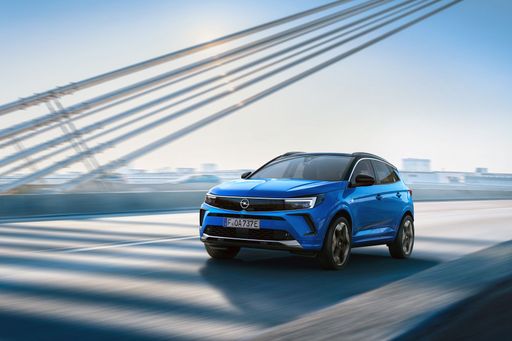 @ Opel / Stellantis Media
@ Opel / Stellantis Media
Vauxhall Grandland
Costs and Consumption
View detailed analysis
Engine and Performance
View detailed analysis
Dimensions and Body
View detailed analysis
Vauxhall Grandland
The Opel Grandland feels like a sensible, well-rounded SUV — neat styling, a spacious cabin and a composed ride that turns daily driving into a quietly pleasant experience. It’s a smart choice for buyers who want modern tech, good economy and a dash of German practicality without shouting for attention.
details @ Opel / Stellantis Media
@ Opel / Stellantis Media
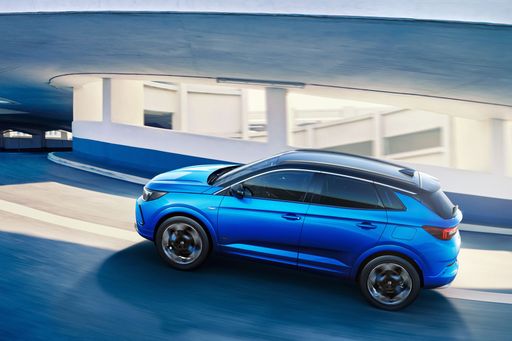 @ Opel / Stellantis Media
@ Opel / Stellantis Media
 @ Opel / Stellantis Media
@ Opel / Stellantis Media
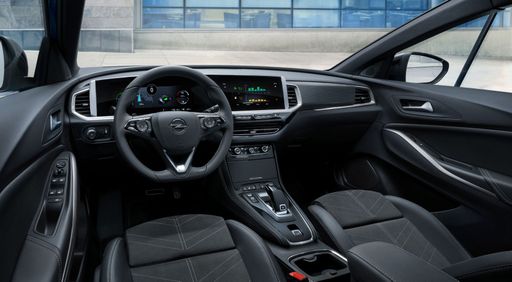 @ Opel / Stellantis Media
@ Opel / Stellantis Media
Toyota C-HR
The Toyota C-HR cuts a striking figure with its angular styling and coupe-like profile, so you’ll never go unnoticed in the supermarket car park. It balances everyday practicality with a nimble, city-friendly personality, making routine commutes feel a touch more fun without asking for forgiveness.
details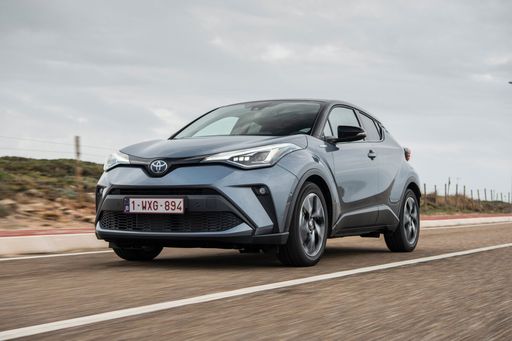 @ Toyota Motor Corporation
@ Toyota Motor Corporation
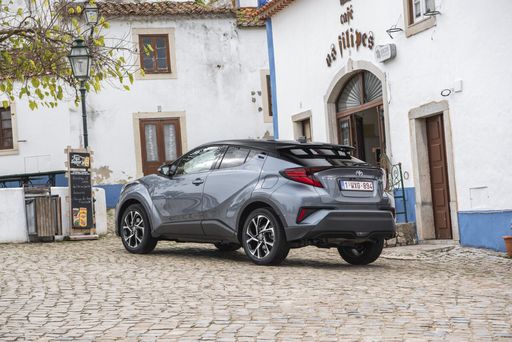 @ Toyota Motor Corporation
@ Toyota Motor Corporation
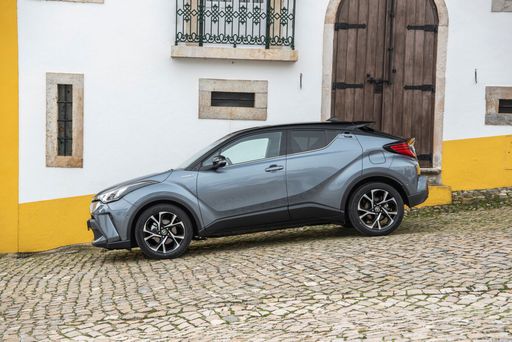 @ Toyota Motor Corporation
@ Toyota Motor Corporation
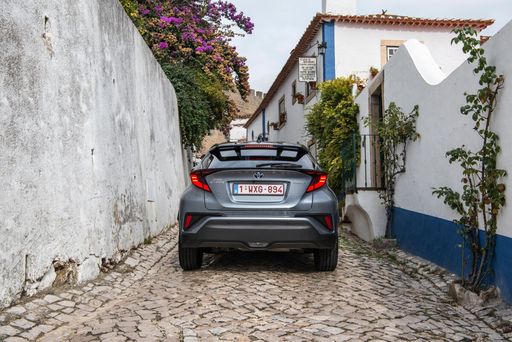 @ Toyota Motor Corporation
@ Toyota Motor Corporation
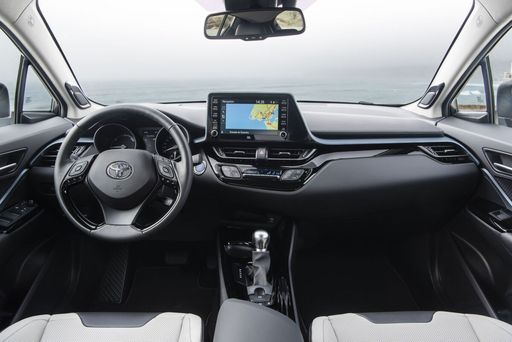 @ Toyota Motor Corporation
@ Toyota Motor Corporation
 @ Opel / Stellantis Media
@ Opel / Stellantis Media
|
 @ Toyota Motor Corporation
@ Toyota Motor Corporation
|
|
|
|
Costs and Consumption |
|
|---|---|
|
Price
32600 - 51400 £
|
Price
29100 - 42800 £
|
|
Consumption L/100km
2.6 - 5.6 L
|
Consumption L/100km
0.8 - 5.1 L
|
|
Consumption kWh/100km
17.8 - 18.6 kWh
|
Consumption kWh/100km
-
|
|
Electric Range
82 - 694 km
|
Electric Range
68 km
|
|
Battery Capacity
-
|
Battery Capacity
-
|
|
co2
0 - 126 g/km
|
co2
17 - 115 g/km
|
|
Fuel tank capacity
55 L
|
Fuel tank capacity
43 L
|
Dimensions and Body |
|
|---|---|
|
Body Type
SUV
|
Body Type
SUV
|
|
Seats
5
|
Seats
5
|
|
Doors
5
|
Doors
5
|
|
Curb weight
1675 - 2325 kg
|
Curb weight
1505 - 1755 kg
|
|
Trunk capacity
485 - 550 L
|
Trunk capacity
350 - 447 L
|
|
Length
4650 mm
|
Length
4362 mm
|
|
Width
1905 - 1934 mm
|
Width
1832 mm
|
|
Height
1665 mm
|
Height
1558 - 1564 mm
|
|
Max trunk capacity
1580 - 1645 L
|
Max trunk capacity
1076 - 1155 L
|
|
Payload
425 - 495 kg
|
Payload
375 - 425 kg
|
Engine and Performance |
|
|---|---|
|
Engine Type
Electric, Petrol MHEV, Plugin Hybrid
|
Engine Type
Full Hybrid, Plugin Hybrid
|
|
Transmission
Automatic
|
Transmission
Automatic
|
|
Transmission Detail
Reduction Gearbox, Dual-Clutch Automatic
|
Transmission Detail
CVT
|
|
Drive Type
Front-Wheel Drive, All-Wheel Drive
|
Drive Type
Front-Wheel Drive, All-Wheel Drive
|
|
Power HP
145 - 325 HP
|
Power HP
140 - 223 HP
|
|
Acceleration 0-100km/h
6.1 - 10.2 s
|
Acceleration 0-100km/h
7.4 - 9.9 s
|
|
Max Speed
170 - 220 km/h
|
Max Speed
175 - 180 km/h
|
|
Torque
230 - 509 Nm
|
Torque
-
|
|
Number of Cylinders
3 - 4
|
Number of Cylinders
4
|
|
Power kW
107 - 239 kW
|
Power kW
103 - 164 kW
|
|
Engine capacity
1199 - 1598 cm3
|
Engine capacity
1798 - 1987 cm3
|
General |
|
|---|---|
|
Model Year
2024 - 2025
|
Model Year
2024 - 2025
|
|
CO2 Efficiency Class
A, D, B
|
CO2 Efficiency Class
C, B
|
|
Brand
Vauxhall
|
Brand
Toyota
|
Is the Vauxhall Grandland offered with different drivetrains?
Available configurations include Front-Wheel Drive or All-Wheel Drive.
The prices and data displayed are estimates based on German list prices and may vary by country. This information is not legally binding.
